No products in the cart.
royalinternationalco
Medical Supplies: Essential Components of Healthcare
Medical supplies are a fundamental part of healthcare infrastructure, playing a critical role in the diagnosis, treatment, and monitoring of patients’ health. These supplies vary in form and function, ranging from simple items like bandages and syringes to more complex equipment such as MRI machines and ventilators.
Types of Medical Supplies
- Consumable Medical Supplies:
These are items used once and then discarded. They include bandages, gloves, syringes, and gauze. Such supplies are crucial for maintaining hygiene and preventing the spread of infections, especially in hospitals and clinics. - Diagnostic Tools:
These are tools used to identify medical conditions. Common examples include thermometers, blood pressure monitors, stethoscopes, and blood glucose meters. More advanced diagnostic tools include ultrasound machines, X-ray machines, and MRI scanners. - Therapeutic Equipment:
These are devices designed to help in the treatment and rehabilitation of patients. They include infusion pumps, nebulizers, and dialysis machines. Prosthetics, braces, and mobility aids like wheelchairs and walkers also fall under this category. - Surgical Instruments:
These are highly specialized tools used during surgeries, such as scalpels, forceps, retractors, and surgical scissors. Precision and sterilization are critical for these instruments to ensure safe and successful procedures. - Durable Medical Equipment (DME):
This category covers reusable medical devices such as hospital beds, oxygen tanks, wheelchairs, and monitors for heart rate, oxygen saturation, and more. DME is essential for long-term patient care, both in hospitals and at home.
Importance of Medical Supplies
Medical supplies are essential for delivering effective healthcare. Without them, healthcare providers would be unable to diagnose, treat, or monitor their patients. They also contribute to infection control, ensuring that hospitals and clinics remain safe environments for patients and staff.
Challenges in Access and Distribution
While medical supplies are vital, their availability can be a challenge, particularly in developing regions or during crises like pandemics. Supply chain disruptions, high costs, and limited manufacturing capacity can all contribute to shortages. During the COVID-19 pandemic, for example, global demand for masks, ventilators, and other protective equipment surged, exposing weaknesses in supply chains.
The Future of Medical Supplies
Advances in technology continue to revolutionize medical supplies, making them more efficient, accessible, and affordable. Innovations like 3D printing are enabling the rapid production of customized prosthetics and implants. Telemedicine has also spurred the development of portable diagnostic tools that patients can use at home.
In conclusion, medical supplies are indispensable to modern healthcare. Ensuring their availability and improving their quality can have a profound impact on patient outcomes and overall public health. As technology and manufacturing processes evolve, the future holds exciting possibilities for more advanced and accessible medical supplies across the world.

